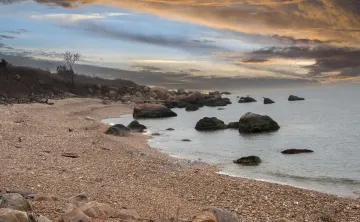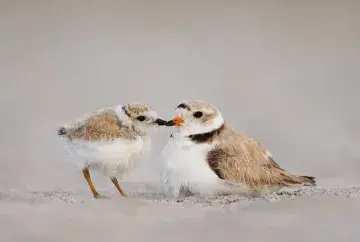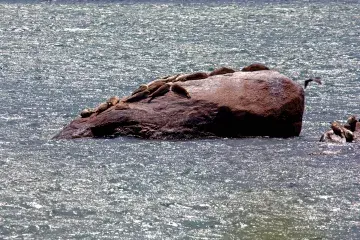
At the Science and Technology Directorate (S&T), we believe very much in being good stewards of the earth and good citizens of the world. We follow the science—we do the science—and we heed experts’ warnings that action is urgently needed to combat the effects of a changing climate. Last summer, we wrote a bit about our ongoing efforts to address climate change and boost resilience in communities across the country. This includes preparing for weather-related disasters, developing cutting-edge sensors and modeling tools, and collaborating with a network of universities, Centers of Excellence, and S&T’s national laboratories to identify new risks and mitigate them with tangible solutions.
Today, on Earth Day, I want to spotlight one of these national labs, the Plum Island Animal Disease Center (PIADC), which is located off of Long Island, New York. PIADC, known for its mission to protect American agriculture and economy, recently received word that studies of the nearshore waters and seafloor surrounding the lab have found a thriving ecosystem and pristine waters. Formal environmental surveys conducted by the New York Natural Heritage Program (NYNHP) documented a plethora of diverse flora and fauna, which rely on and contribute to a healthy, productive ecosystem.

PIADC prides itself in the health of the water surrounding the island, which in turn confirms the health of the local ecology. PIADC manages their water systems below the state’s discharge limitations by meeting or exceeding water quality requirements set by the New York State Department of Environmental Conservation. As a result, water coming out of PIADC’s wastewater treatment facility actually enhances local water quality because the water that leaves the facility is purer than the water in the neighboring Long Island Sound. Most of the PIADC’s waste is either recycled or utilized in waste-to-energy facilities.
PIADC is an excellent custodian of the island’s unique environment—proven by studies and inventories performed by NYNHP, the National Audubon Society, and the U.S. Fish and Wildlife Services. Plum Island is also considered an Important bird area, marked especially by the return of the endangered Piping Plover every spring—in fact, they returned just this month to nest on the island’s quiet shores. PIADC will support the annual bird count, which helps to track health of the Plover population. Likewise, the lab is restricting beach access to limit a major disturbance that typically affects birds and their nests in other locations.

In addition to the return of the Plover, PIADC is also the home to the largest seal haul-out in New York. Each year, seals come ashore to rest, molt, socialize, breed, give birth, and nurse their pups. Plum Island and the surrounding waters provide an abundant food source and safe harbor for seals. This environment—coupled with the Plum Island’s policy of respecting boundaries around the animal’s natural haul-out sites—makes the island a welcome place for adult seals and their young to maintain their health, socialize, and raise future generations.
While Earth Day serves as a natural opportunity for us to focus on environmental health and consciousness, PIADC works in partnership with the state and local communities to maintain the island as a safe and welcoming ecosystem year-round. I hope you will take some time to learn more about the lab’s important mission and work and join me in celebrating clean water and open skies and leveraging science for a more secure environment.
For inquiries or questions, please visit our PIADC site or email: sandtnatlabs@HQ.DHS.GOV.

